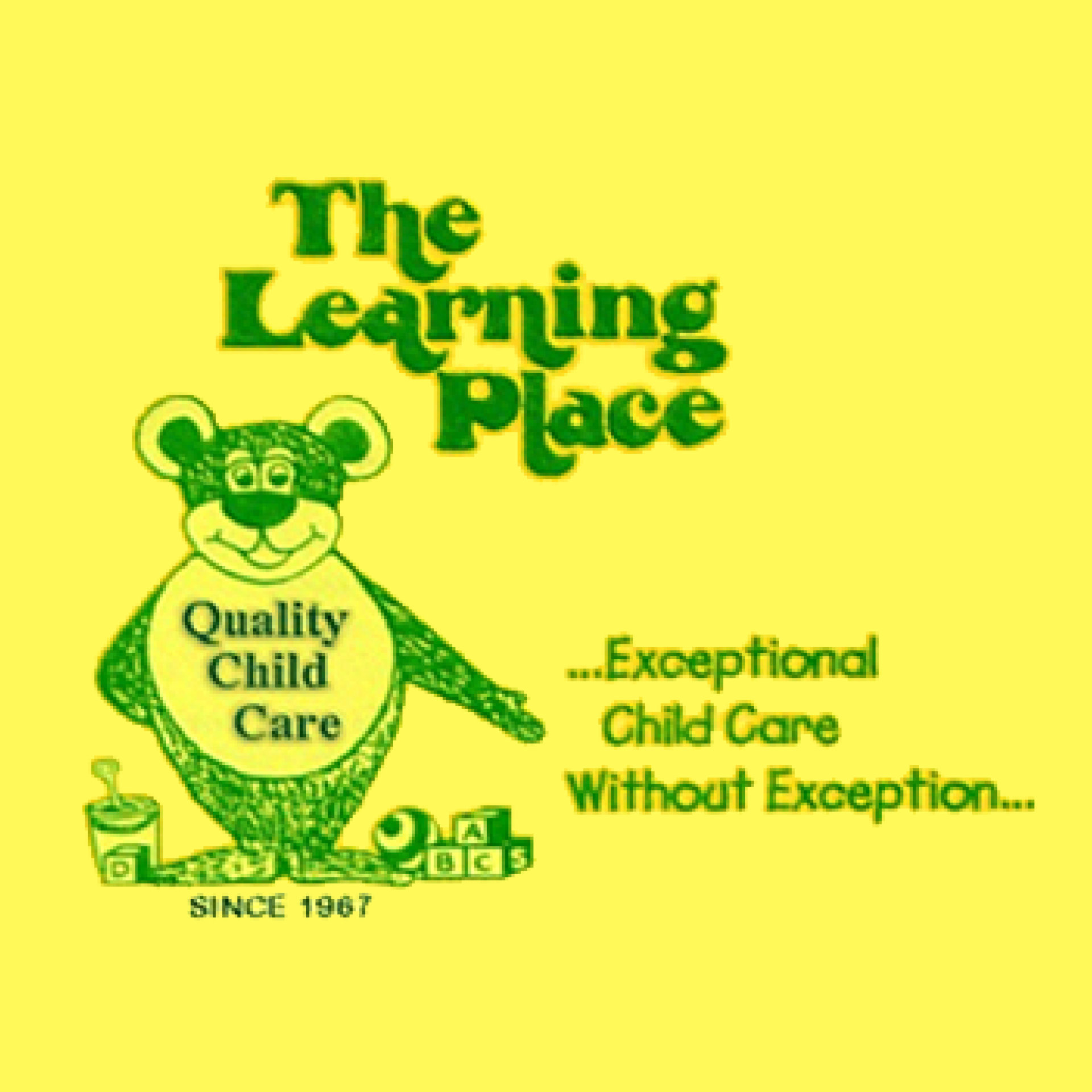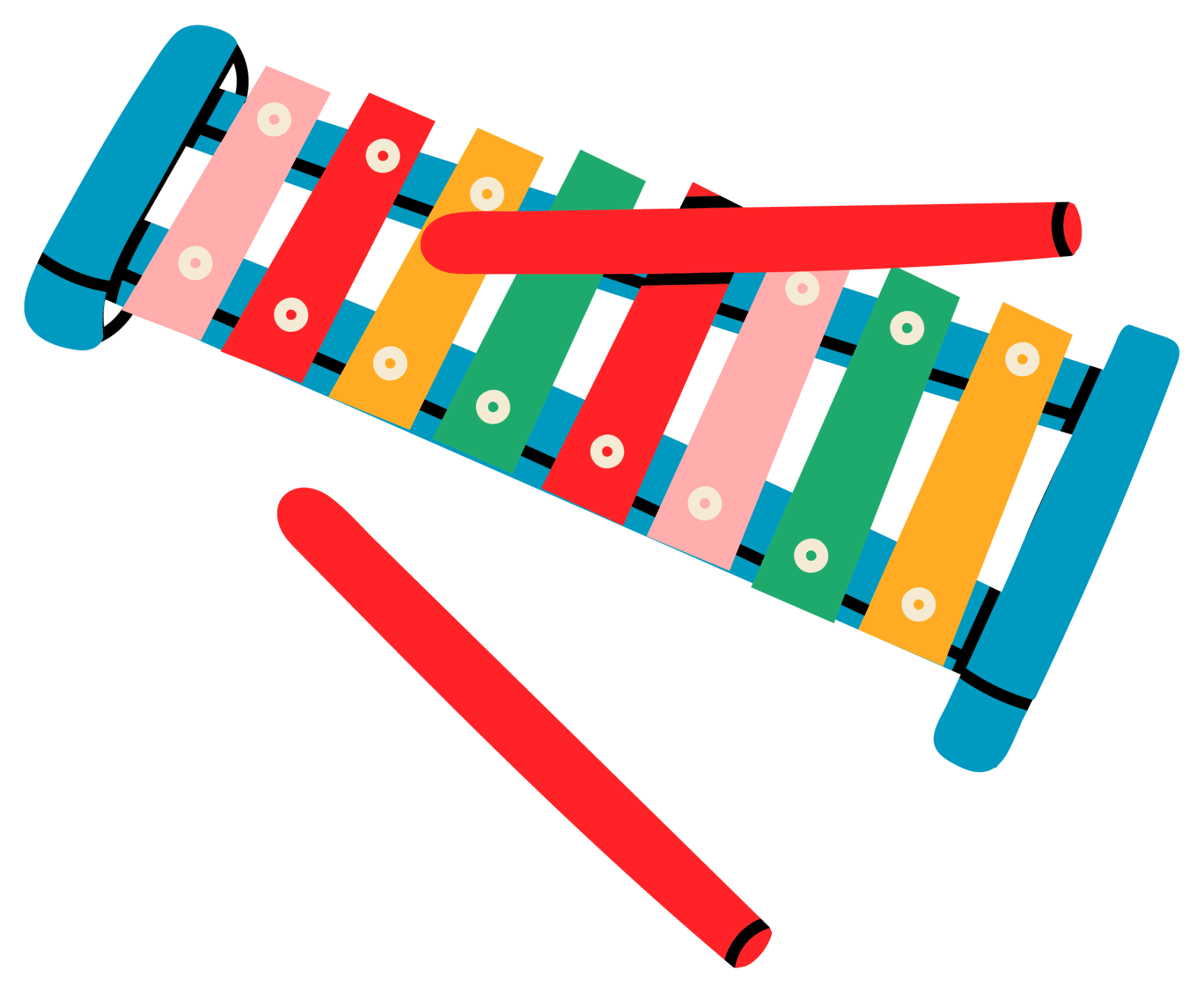
The Creative Curriculum for Preschool
Features exploration and discovery as a way of learning, enabling children to develop confidence, creativity, and critical thinking skills. The Creative Curriculum for Preschool is based on 38 objectives for development and learning.
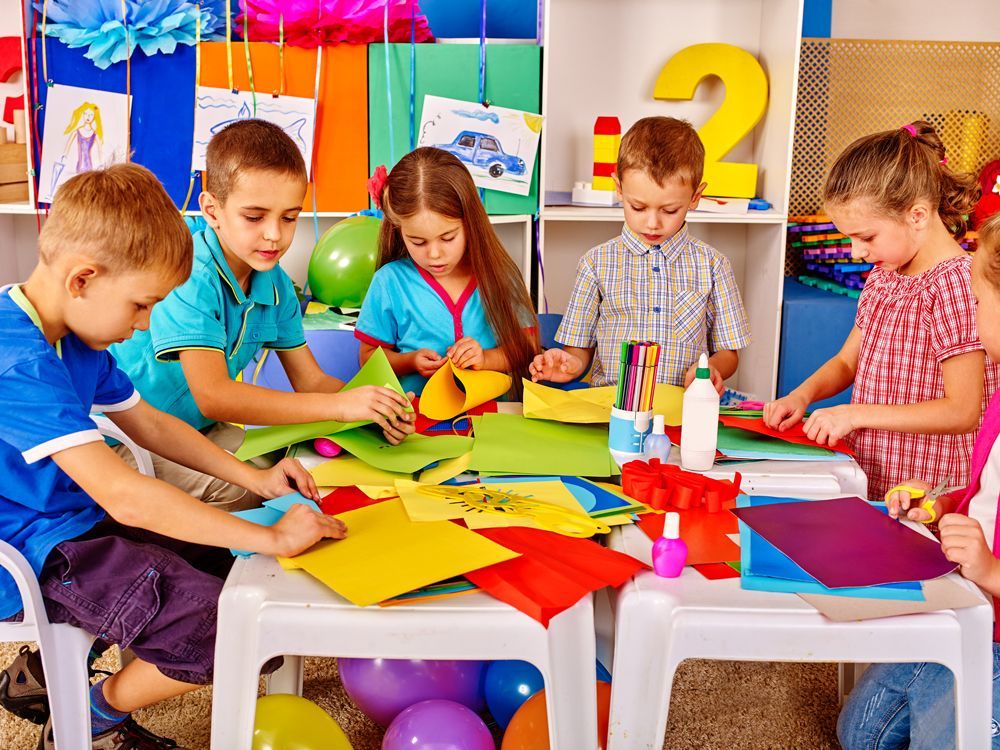 Button
Button
CREATIVE CURRICULUM
The Creative Curriculum balances both teacher-directed and child-initiated learning, with an emphasis on responding to children's learning styles and building on their strengths and interests. This curricula applies the latest theory and research on best practices in teaching and learning and the content standards developed by states and professional organizations. Imlile keeping the original environmentally-based approach it clearly defines the teacher's vital role in connecting content, teaching, and learning for preschool children. It features goals and objectives linked directly to our valid and reliable assessment instrument.
The Creative Curriculum for Preschool translates new research and theory from the field of early childhood education into a practical, easy-to-understand approach to working with children and their families. It is a comprehensive curriculum with a clear organizational structure and a particular focus on interest areas.
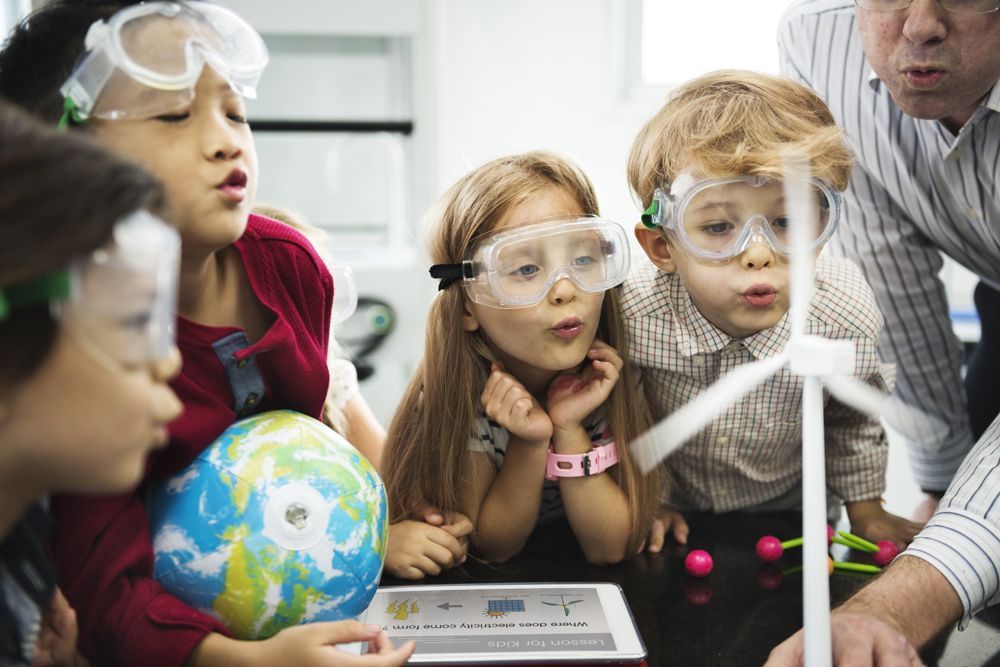 Button
Button

The Learninq Environment
The learning environment is the structure of the classroom that sets the context for teaching and learning The Creative Curriculum shows you how to:
- set up the physical environment and maintain interest areas
- establish a classroom structure that includes the daily routine and schedule, choice times, and small- and large-group times
- create a classroom community that promotes positive relationships and
- where children make friends and learn social problem-solving skills
Interest Areas
The physical space of The Creative Curriculum classroom is organized into 10 indoor interest areas:
Blocks
Dramatic Play
Toys and Games
Art
Library
Discovery
Sand and Water
Music and Movement
Cooking
Computers
The 10 indoor interest areas plus the outdoor space offer multiple opportunities for children to explore, discover, and learn.
Interest areas provide a setting for children to learn academic content and apply skills.
What Children Learn
On the basis of scientific research and state and professional standards, The Creative Curriculum identifies the knowledge, skills, and concepts important for preschool children to acquire in each content area: literacy, math, science, social studies, the arts, and technology. We describe the key components of these content areas:
Literacy
Vocabulary and language, phonological awareness, letters, words, print, comprehension, books and other texts, and sources of enjoyment
Mathematics
Numbers; patterns and relationships; geometry and spatial awareness; measurement; and data collection, organization, and representation
Science
physical science, life science, and earth and the environment
Social Studies
spaces and geography, people and how they live, people and the environment, and people and the past
The Arts
dance, music, drama, and the visual arts
Technology
awareness of technology, basic operations and concepts, technological toots, and people and technology
Most importantly, we explain how to teach these subject areas in ways that respect how preschool children develop and learn.
The Teacher's Role
The Creative Curriculum for Preschool describes the teacher's role as an ongoing cycle of observing children, guiding their learning, and assessing their progress. We show you how to motivate children, build on their prior knowledge and strengths, and support their learning in an intentional way by using a variety of strategies to increase their knowledge, skills, and understandings.
You'll find out how to use assessment information to guide children's learning throughout the day. during large- and small-group times, routine times, long-term studies, and in Interest areas.
Creative Curriculum Planning
The weekly planning form for the Creative Curriculum is awesome. I have seen people use this form even when they are using another curriculum. The planning form is two pages. The first page includes the date, the name of the teacher and co-teacher and the specific topic to be covered that week. This page of the form also includes a place for a "To Do" List and a place for Family and Community Involvement.
The rest of the first page of the planning form is divided into spaces for changes to the environment. What I like about this first page is that it causes a teacher to really think about the individual needs of her students as she makes regular adjustments to each of the centers in her classroom.
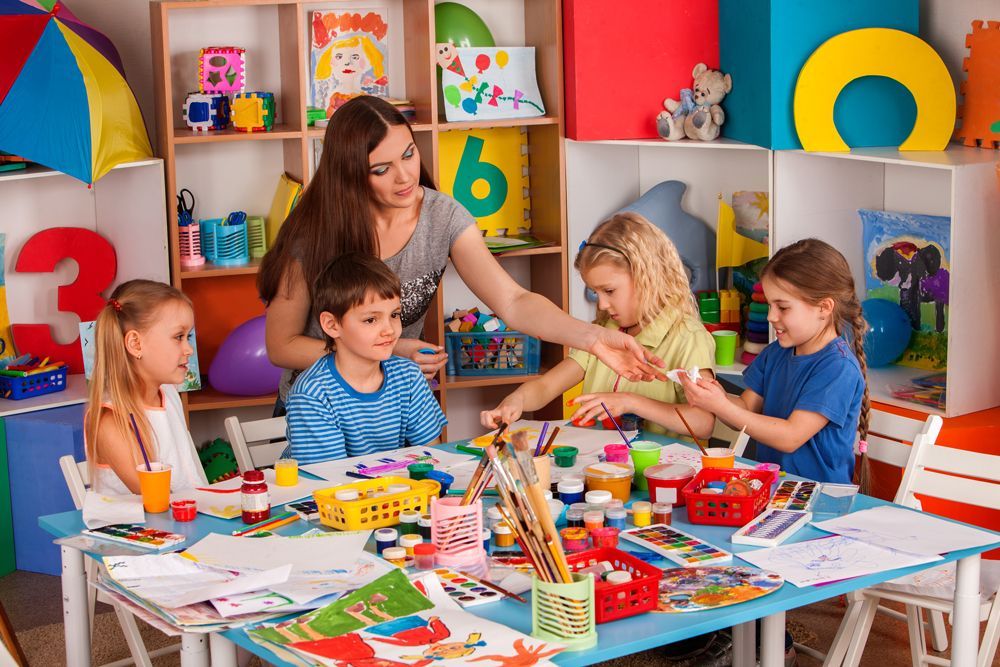 Button
Button
The second page of the Creative Curriculum planning form is for planning groups. It lists types of group activities down the side. The types of groups listed are Group Time, SmallGroup Activities, Story Time, and Special Activities (like field trips and other special events). Group Time is for large group activities like songs, stories, games and discussions.
The top of the second page of the Creative Curriculum planning form is divided by days of the week (M-F). This second page of the planning form looks more like a lesson plan form you might see in any classroom. At the bottom of this page is a place for the teacher to write notes for her own benefit (reminders, changes, children to observe etc.).
On this page you would write the actual activities you have planned for these group times for each day of the week. What song will you sing? What CD is the song on? What literacy activity will you do? What activity will you do during small groups to address development of various skills?
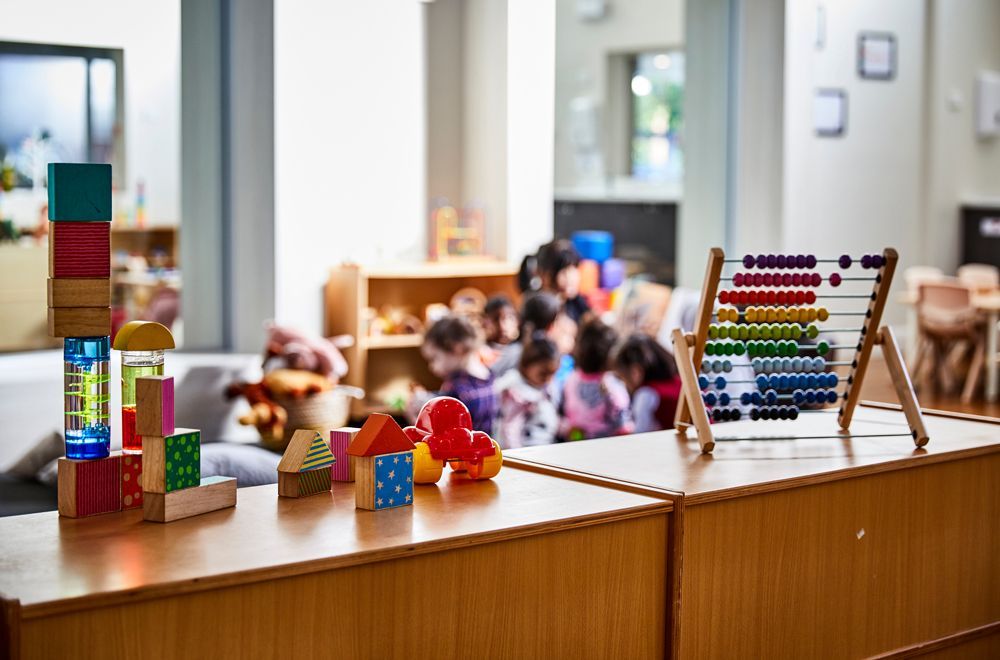 Button
Button
Creative Curriculum Centers
There are eleven spaces on the planning form labeled with the center names which include blocks, dramatic play, toys and games, art, library, discovery, sand and water, music and movement, cooking, computers and outdoors. These spaces on the form are where you would write whatever changes you were planning to make in each center for the week.
(You would also leave favorite toys in the centers for additional time.)
If you were planning to use stores as a topic you might include blocks labeled with store names cut from advertisements and delivery trucks in the block area. You might include a cash register, toy money, advertisements from stores, pencils and paper for shopping lists and products to be sold in the dramatic play area. In the art area you might include advertisements from stores for collages, cash register tape and materials for making store signs.
In the library area you might include stories about shopping. In the discovery area you may or may not incorporate the topic of study. My only objection to themes in general is that people often come up with some contrived activity to meet the theme that has no learning value. (My opinion only) You could however do a pet store or some such thing in the discovery area. At the sand and water table you could let the children set up a bakery with signs etc., Music and movement could be a dance studio, TV studio or music store.
But at the same time you are thinking about your topic of study, be sure to think of the skills you want each child to learn. Maybe you want to include pennies for counting instead of paper money with large numbers with the cash register. Or you may want to use paper money in small denominations for those children who are ready to read numbers.
Everything in each center does not need to pertain to the theme. It should however address the needs and interests of the children. You will still want to include rhyming books, alphabet books and books about real things in the library area even if you are doing a study about stores. You may even feel the need to have a book or two about divorce or a new baby because of a particular child's situation. (These books can also be included as changes in the environment even though they have nothing to do with the topic of study.)
Teachers would probably want to include activities that reflect the topic. I would caution teachers to always keep in mind the needs and interest of the children as well as the topic, just as you would when you make changes to your centers. Then decide, "Is this activity contrived for purposes of this weeks topic or does it make sense in relationship to the skills we are trying to teach?
This is a sample of a (full day) schedule called "Our Day" taken from page 96 of the manual:
Arrival
Group Meeting
Choice and Small Groups
Outdoors
Story
Lunch
Rest
Outdoors
Choice Time
Group Meeting

Contact info:
400 Summit Avenue
Hackensack, NJ 07601-1413
Toll Free:
(855) 764-7451
Local:
(201) 343-3077
Mon to Fri: 7:00am to 6:00pm
See a Live View of your Child's Classroom!
All Rights Reserved | The Learning Place
